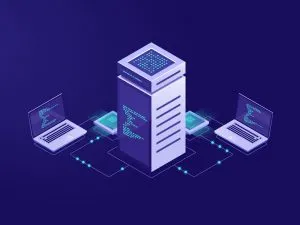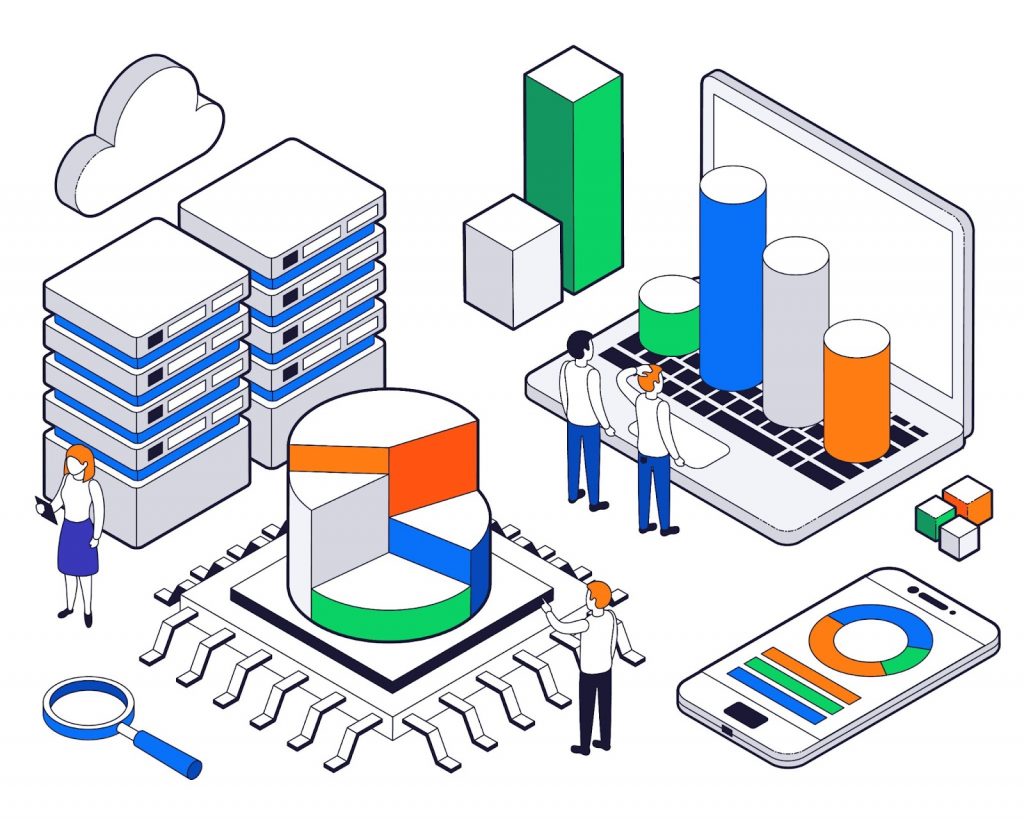The popularity of machine learning is at an all-time high right now. Machine learning technology, like other subsets of Artificial Intelligence, is strongly reliant on data. Data is the most important factor that enables algorithm training and explains why machine learning has gained so much traction in recent years. Despite this, many decision-makers have little idea what it takes to build, train, and deploy a machine learning algorithm successfully. A machine learning model may appear to be a miracle, but it will be useless unless it is fed with a good dataset. Without the ability to make sense of these humungous data records, a machine will be almost worthless.
Working with datasets is the most time-consuming and labor-intensive element of any Artificial Intelligence project, accounting for up to 70% of the total time. This is why data preparation is so crucial in the machine learning process. Still, the technicalities of collecting data, creating a dataset, and annotating the data are almost overlooked. Let’s begin by explaining what a dataset for machine learning is, how to build a dataset and why you should care more about it.
What is a Data Set in Machine Learning?
Simply put, a data set in machine learning is a collection of data pieces that can be treated as a single unit by a computer for analytic and prediction purposes. In the simplest of words, a data set is a collection of data, which a computer handles as a single unit. It might be the data from a single database, with each column represented by a variable. It might as well comprise many different bits of data, yet it can be used to train an algorithm with the purpose of identifying predictable patterns within the dataset as a whole.
Why is it important to have a fair dataset?
It is critical to prepare datasets for machine learning. To solve problems and make judgments, you’ll need a good data set. In machine learning, the performance of the models depends greatly on the choice of the dataset for training. Using an incorrect dataset or a dataset with a lot of biased data might even skew the algorithm yielded findings to a dramatic level and reduce the accuracy of the whole machine learning model. A weather application, for example, may not have the correct dataset comprising climatic data from the previous few days or weeks. As a result, it will be unable to provide reliable weather predictions for the coming week. Thus, it will not be wrong to say that a machine learning project will fail if adequate datasets are not available.

Building A Proper Data Set In Machine Learning Project – The Process
-
Data Collection
To create a machine learning model, one must first deliver a collection of data from which it may learn and work. The initial step is to gather all of the necessary data for the model. Collecting data may appear simple, and it is, but only if you are familiar with your project and the type of data you want to collect. The amount of data required will be determined by the machine learning project’s complexity. A straightforward project will necessitate less data than a complex one. Preparation of this data also entails determining the best data collection mechanism. When looking for a dataset, the sources to be used to gather information must be decided.
The sources for gathering a dataset vary and are heavily influenced by your project, budget, and company size. The best approach is to acquire data that directly correlates with your company goals. You can usually choose from three types of sources: open-source datasets, the internet, and automatically generated datasets. Each of these sources has its own set of advantages and disadvantages, and should only be used in specific situations. -
Data Preprocessing
The raw dataset must be turned into a clean and understandable dataset. Data Preprocessing is the process of transforming raw data into usable sets. It is performed by a series of stages in which noisy input is turned into a database with accurate information.
- The raw data you’ve gathered might not be in a format that your machine learning model can understand. You can quickly alter the formatting type to suit your project’s needs.
- There may be missing instances or undesired attributes that you can remove from the dataset to make it more meaningful. These data points may not be useful in resolving the issue.
- Large data sets take up a lot of memory and may result in longer runtimes and a lot more processing. By creating smaller samples of the chosen data, the algorithms take very little time to run and get a good chance of going farther with the dataset in the project.
- For categorization purposes, input and output data are labeled, which serves as a learning foundation for future data processing.
-
Feature Engineering
It is in this step that the proper features are selected and extracted from the data. The data collected is examined in order to identify the most useful features and trends for addressing the problem and making predictions. To discover the most important traits, data can be broken down into smaller chunks. It is critical to determine which features are advantageous for the specific ML project since selecting them will result in faster computation and lower resource use.


Final Words
Data has always been the foundation of businesses. And with the introduction of machine learning, it is now even more necessary to organize this data into datasets. Furthermore, a good dataset should also meet certain quality and quantity requirements. Experts need to make sure the dataset is relevant and well-balanced for a smooth and quick training experience.
At Algoscale, we extract the essence of your complex and raw data to unleash successful campaign delivery and revenue opportunities by integrating Machine Learning tools into your business, Algoscale is one of the best machine learning companies in USA which gives you the experience of operational excellence, increased profitability, and complete functional visibility.












